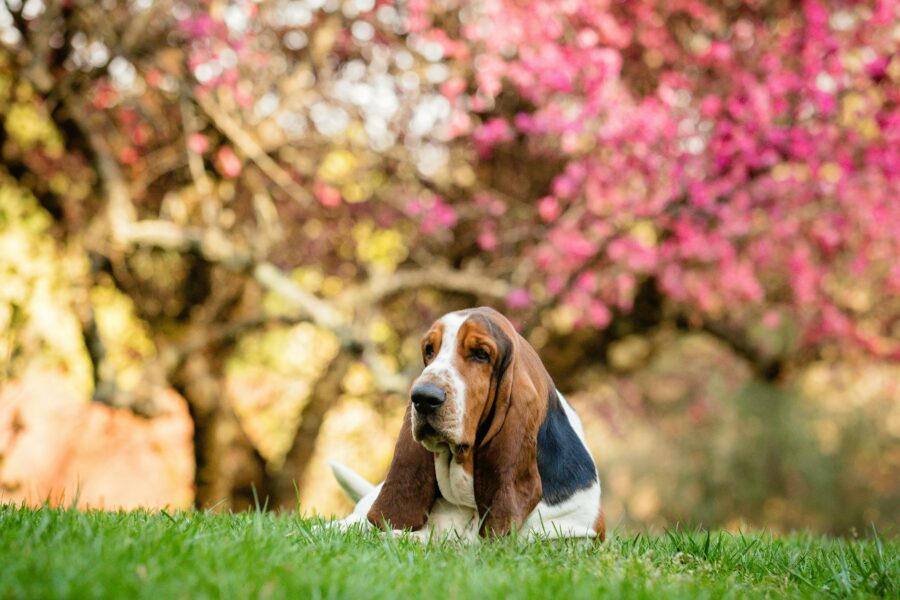Are you the proud new owner of a basset hound puppy? Are you trying to seamlessly integrate your new pet into your family? Basset hounds are known for being a beloved breed. They are stubborn, yet charming, trainable, with lower energy levels but a loud bark.
A basset hound can make a wonderful addition to your family, but if you choose to take on one of these animals, it is important to know how to train them. A well-behaved dog will make your life so much easier. Follow these tips and tricks to train your basset hound to be the very best pup on the block.
Positive Reinforcement
A very common way to reinforce a pet’s good behavior is through treats. While this can be an effective tool for training, it should not be your only source of positive reinforcement. Instead, when your basset is being good or has done something well, first respond with pets, belly rubs, and head pats. Treats can be used in tandem with these things, however, when you rely solely on food to teach your pet, you give them the option to ignore you when they are not hungry or not in the mood for a treat. Cuddles and pets are generally always welcome, and therefore a more effective training tool. Get used to loving on your basset when they are listening to you.
Stick to a Routine
Believe it or not basset hounds, much like human children, thrive when introduced to a routine. As soon as you bring your pup home, show them where they are supposed to use the bathroom. Introduce them to their food and water area, as well as where their toys are kept and where they are expected to sleep. It is important to stick to a strict feeding schedule so that your pup knows when to expect meals and treats. If you are bringing home a basset puppy, expect to feed them about four times a day. For an older dog, just breakfast and dinner is appropriate.
By establishing a firm eating routine, you will help them establish a regular potty schedule. Be sure to follow mealtimes with a trip to the toilet. As your dog learns their routine, they will soon become excited about meal times and know when to expect a bathroom break. The less you stray from this schedule, the more successful your training will be.
Start With No
Rome wasn’t built in a day, and your dog won’t learn all their commands in one either. That’s why it’s important to have a good jumping off point. The word “No” should be the first command you teach your dog, followed by the word “good”. Match the word “No” with a firm and harsh tone of voice so that your pet understands the negative implications of this word. Use this to stop inappropriate behaviors such as jumping, nipping and biting. It is important to have a zero tolerance for these behaviors. A dog that learns to nip or bite, may hurt someone and you will be liable for any injury or damages they incur. Alternatively, when you use “Good”, make sure you are accompanying this command with a belly or head rub so that they understand it’s positive connotations.
Get to Know Your Animal
All dogs may go to heaven, but not all dogs learn the same. To effectively train your animal, it is important to learn what works for them and what they best respond to. If you feel that your dog is not responding to any of your training, it may be a good idea to call in a dog expert to help you establish basic potty training and simple commands (come, stop, sit, rollover). Bassets are a very trainable breed, and once you’ve learned what works for your pooch, the training process should be smooth and simple.
Introducing a basset hound into your family will be fun and rewarding, but it’s important to get the basics of training down first! Follow these tips and tricks and your pet will be integrated into your family in no time.








